

B2019
-
Posts
110 -
Joined
-
Last visited
Content Type
Profiles
Forums
Events
Gallery
Blogs
Store
Posts posted by B2019
-
-
My boat has no propeller attached now. I'm looking for a cheap replacement. Boat has easy access for replacement via weed hatch. Any ideas? Sizes etc?
-
-
55 minutes ago, koukouvagia said:
Yes, I noticed the Easystart in picture 4 ?
? There is a technique to starting these engines. Easy start was for the first time I got it started as it was a right bugger to start at first but now it starts fine without. I'm keeping the easy start close for the winter.
-
45 minutes ago, Mike the Boilerman said:
Will yours run in either direction?
Yes it will.
36 minutes ago, WotEver said:Ahh yes, that’s true.
No it doesn't have an isolater and that was one of the points it failed the BSS on.
-
4 minutes ago, Mike the Boilerman said:
What a beaut!
How do you start it? With a blow lamp to heat up the hot bulb?
I most likely will need to heat up the bulb in the winter but at the moment I don't need to. It's manual hand start. Very easy to start and doesn't waste any power. Simple to maintain and farmers loved them. Big in the 1950s and first prototype was 1880s I think. I was reading that they actually burn any kind of combustible liquid. See below a diagram of how it works.
-
16 minutes ago, Mike the Boilerman said:
Wow, how delightful!
What make and model is it? Care to bung up some photos? That would be wonderful!
It's the SABB GG 1960s engine with gearbox. Single cylinder. Bullet proof.
10 minutes ago, Mike the Boilerman said:Reading 3.2.2, only the battery, master switch, bow thruster, inverter, starter motor and winch supply cables are required to be of any particular size.
The general wiring shown in the OP photos should still pass a BSS despite being thin and solid core.
Very useful! Many thanks.
-
8 minutes ago, Alan de Enfield said:
As you are new to boating there is a lot to learn about managing electricity.
Firstly : You need to disconnect the electric water heater if you are trying to run it off the inverter. OK if you have a land line. but running off the batteries is a big NO NO NO.
You do not have unlimited power - it is not a house. You are now the electricity generating company and the electricity distribution company.
If you do not charge your batteries back-up (ideally every day) then you will 'kill them'. You can Kill a brand new battery bank in a matter of a few weeks.
How are you recharging your batteries ?
How do you know how much to charge them ?
How do you know when they are charged ?
Are you connected to 'the mains' via a shore-line ?
If you are relying on charging your batteries by running the engine, I would suggest that until you start to understand what is needed for your particular set-up that you run the engine 3 hours per day AND only use the water heater with the engine running - but - ideally remove the electric heater and get a gas one installed, in the short term boil a kettle to get some hot water.
I'm charging the batteries by two solar panels on the roof. Electric heater will be removed in time but I'm going to walk before I can run and get it through the BSS first of all. It's a hot bulb engine with no starter motor and there's no Electrics involved with the engine. It also has a solar controller. There isn't any way of telling when the batteries are charged and there is no link to shore power.
-
Indeed. I've just ordered a fuel shut off valve and putting that on tomorrow and changing fuel line from garden hose pipe from previous owner to correct fuel pipe advised by the BSS examiner. I'm just wondering whether its easier to just buy a new fuel tank and fit that. Also does the screw vent on the tank need to feed out somewhere?
-
Many thanks for all your replies.
I am indeed a new boater with a bit of a nightmare from the previous owner who was a bodger.
Everything in the pictures is basically all of my electrics. I'm thinking about stripping all wiring out so an engineer can just come out and do a basic wiring job. All I've got in the is water pump, LED lights, two solar panels, electric water heater and an inverter/ charger as seen in the pictures.
Atm I have to drive the boat with the fuel cap on otherwise it won't start.
-
My boat recently failed BSS on a number of issues: loose wiring, fuse box cover missing, wire too thin, batteries connected up wrong and lose wiring.
Also failed test as no fuel tank air vent and fuel pipe goes to bottom of diesel tank.
I'm struggling to find an engineer in the Herts area so I might have to do it all myself.
Please see some pictures attached and if anyone could make any suggestions please let me know.
Thanks



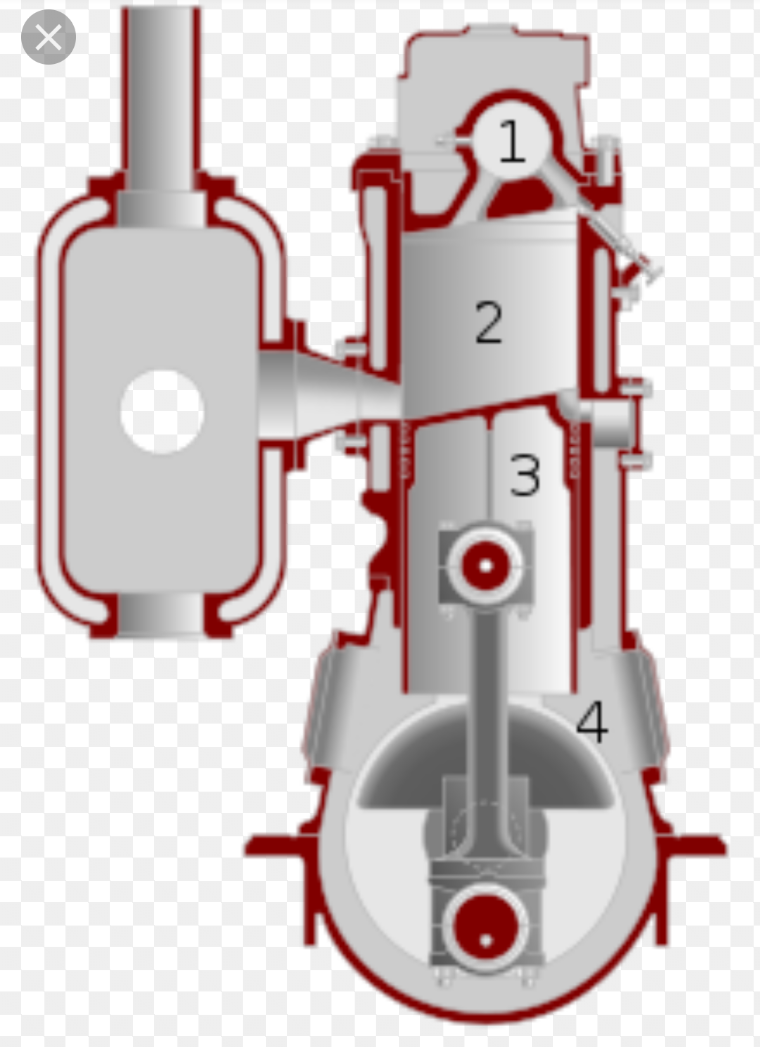
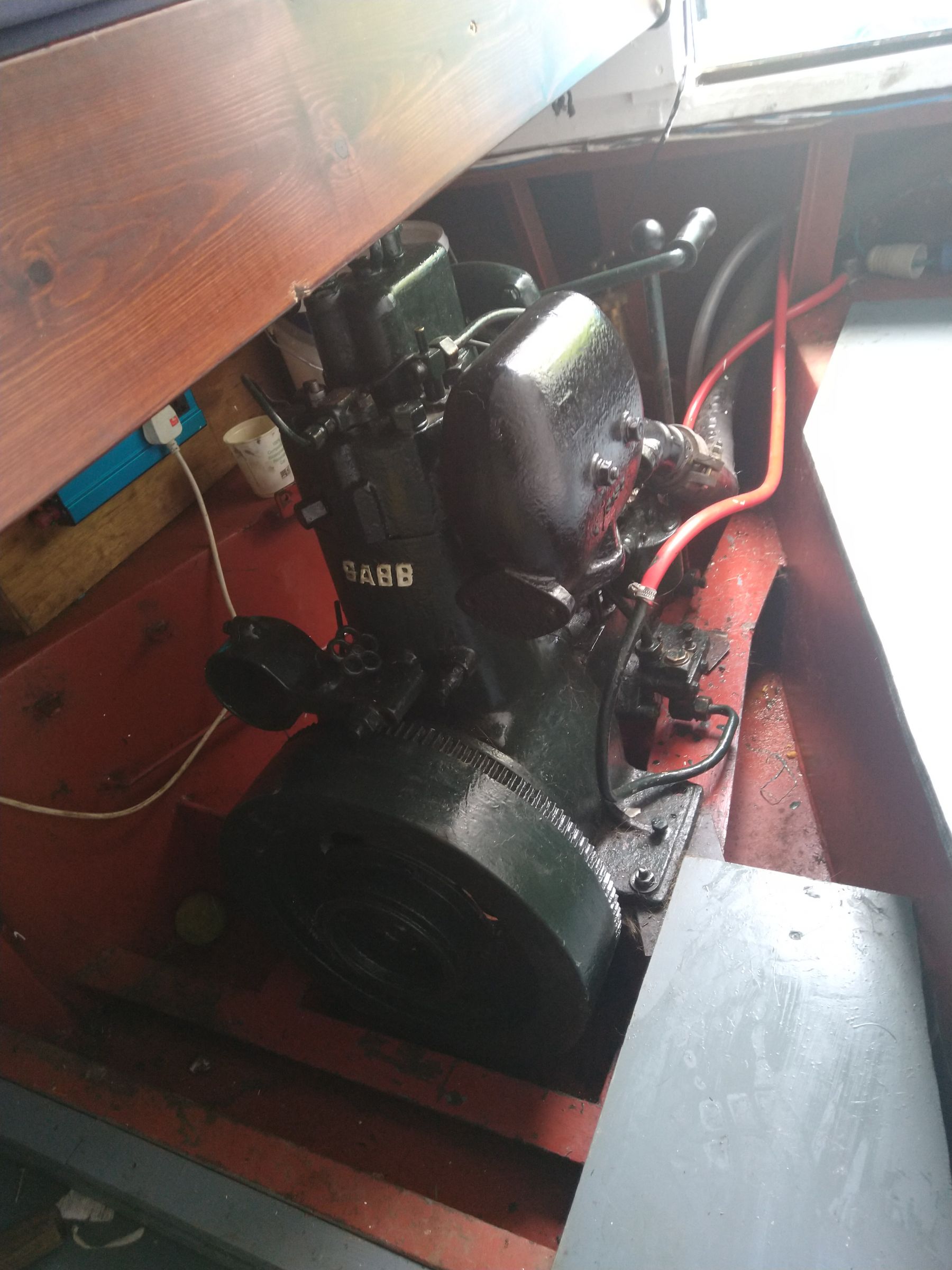
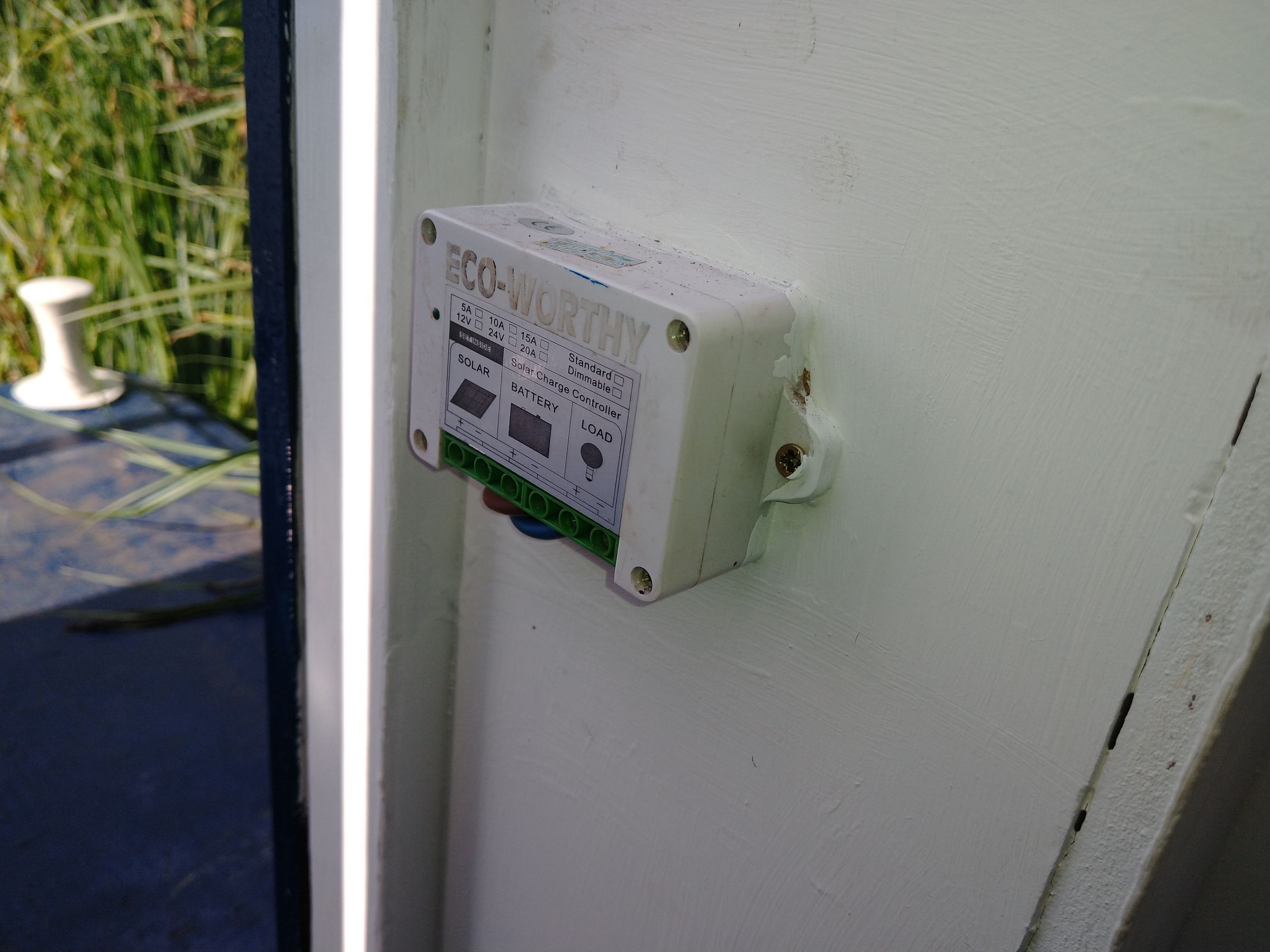
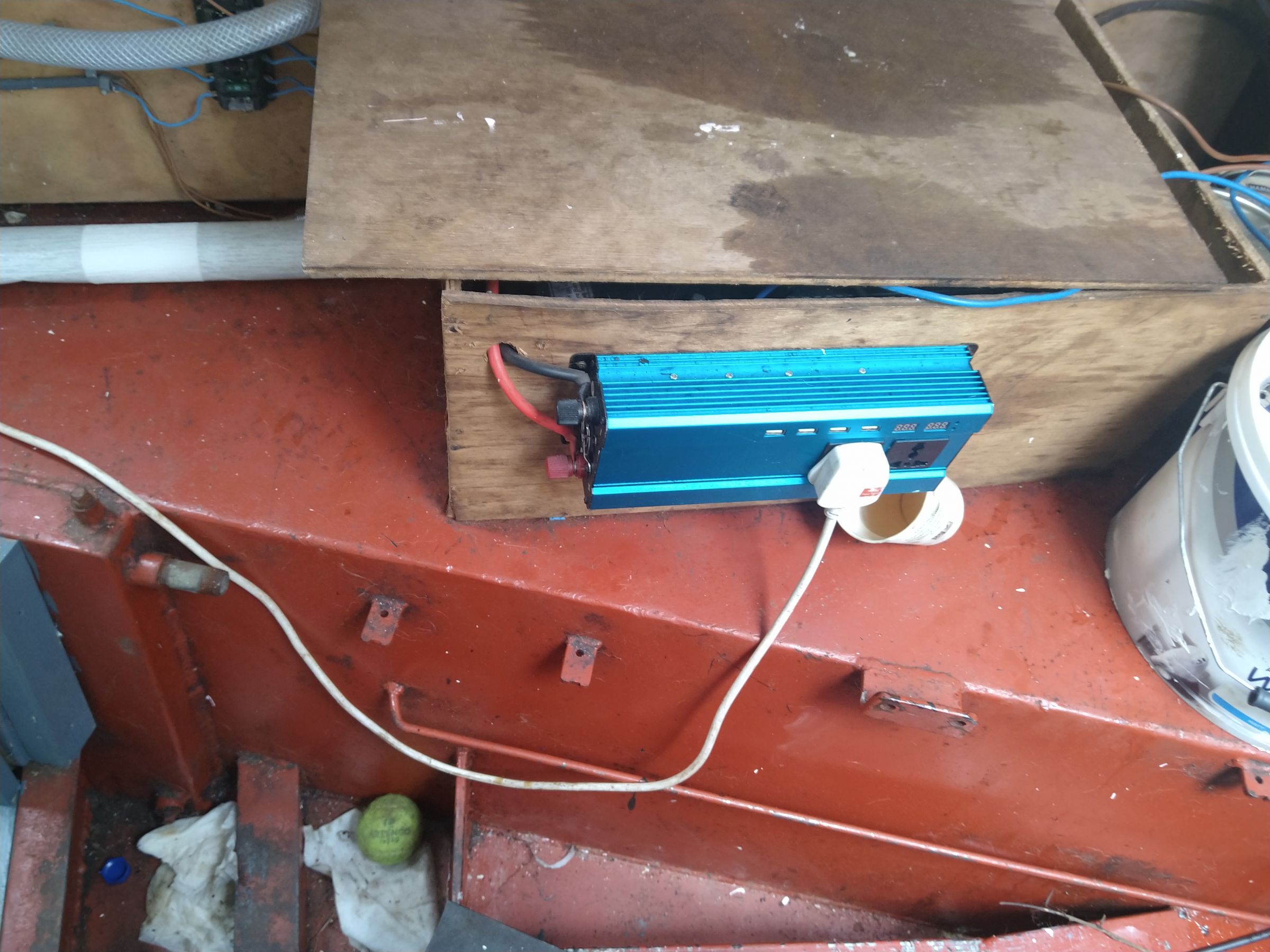
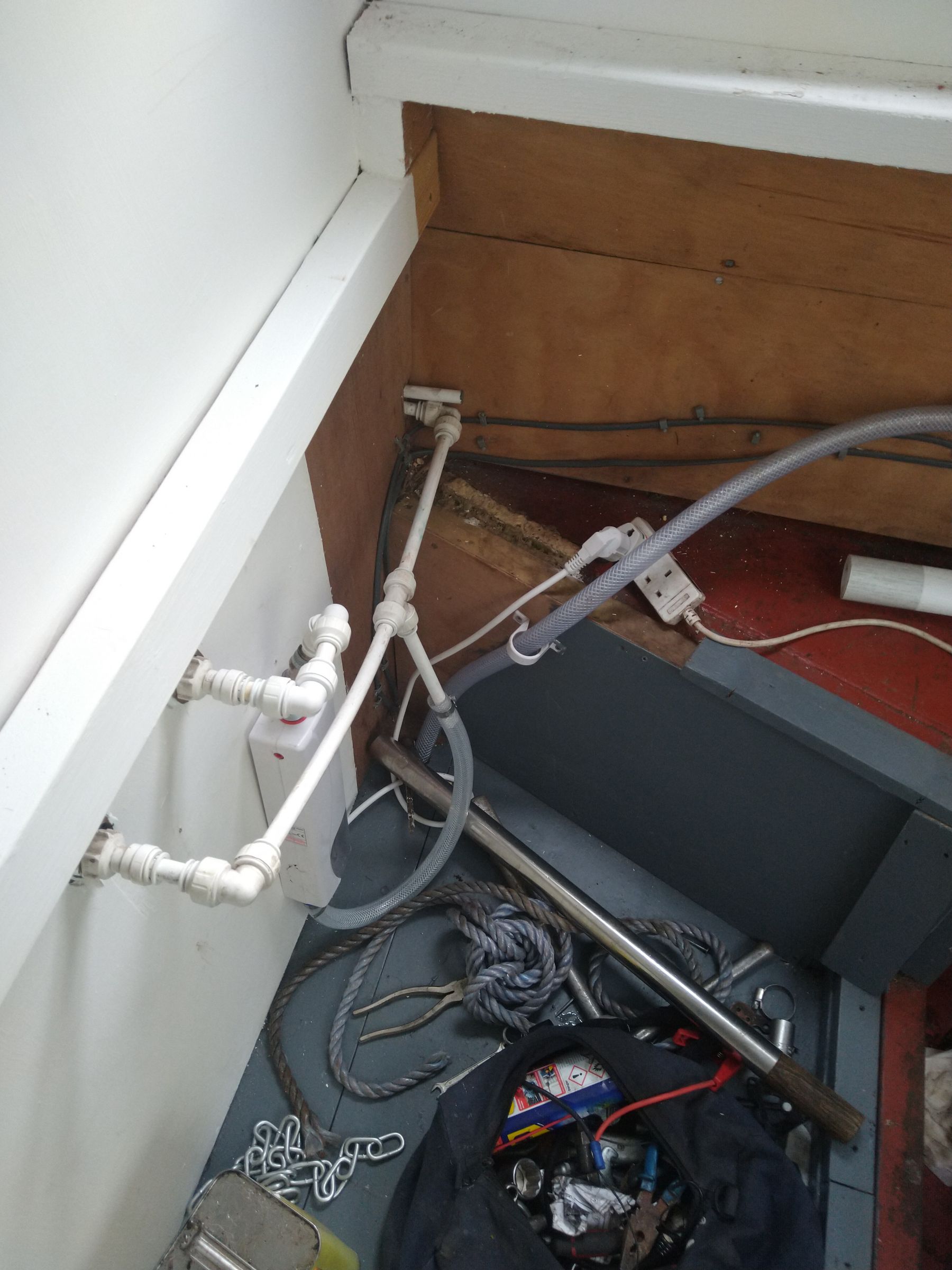

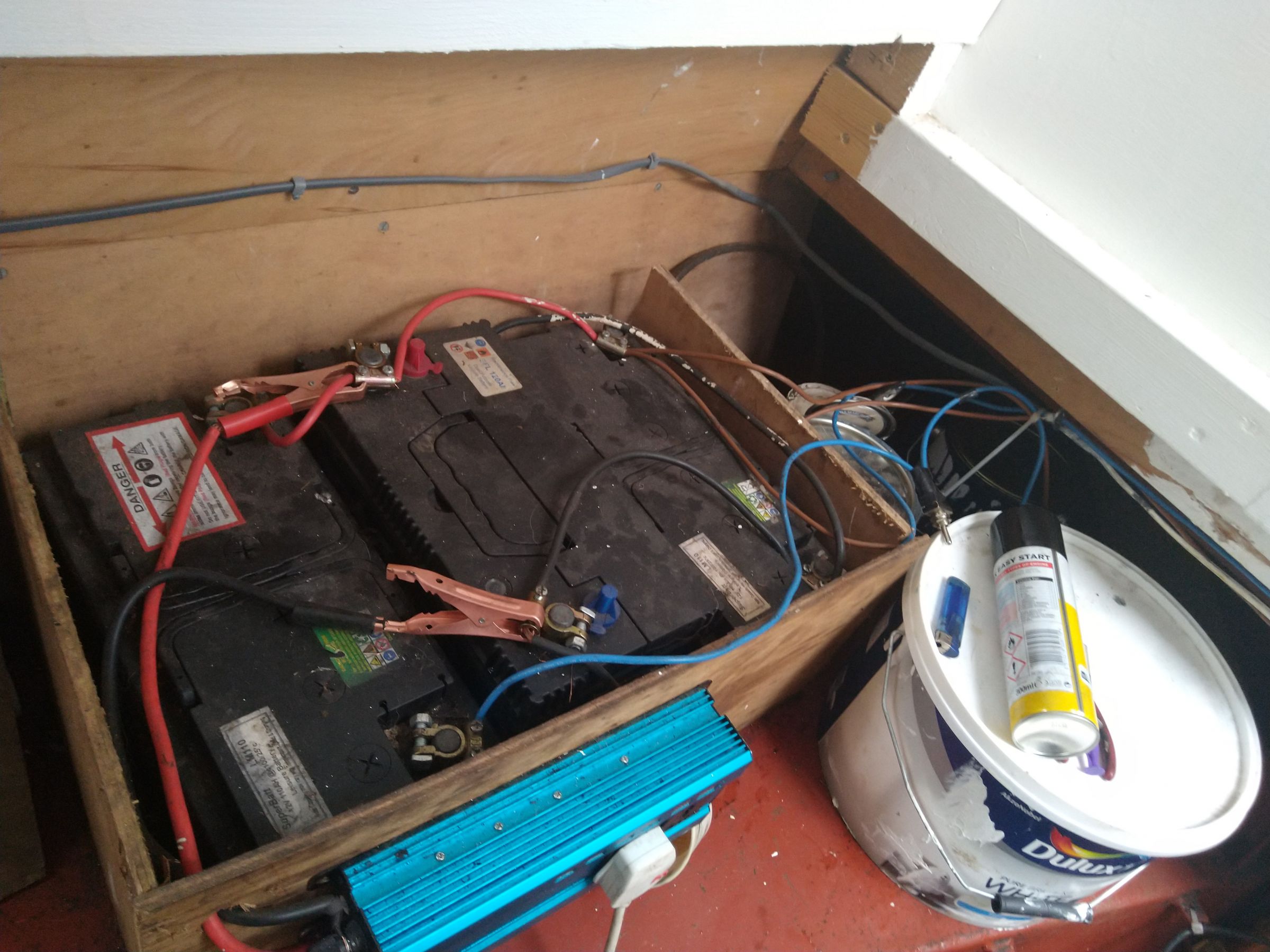


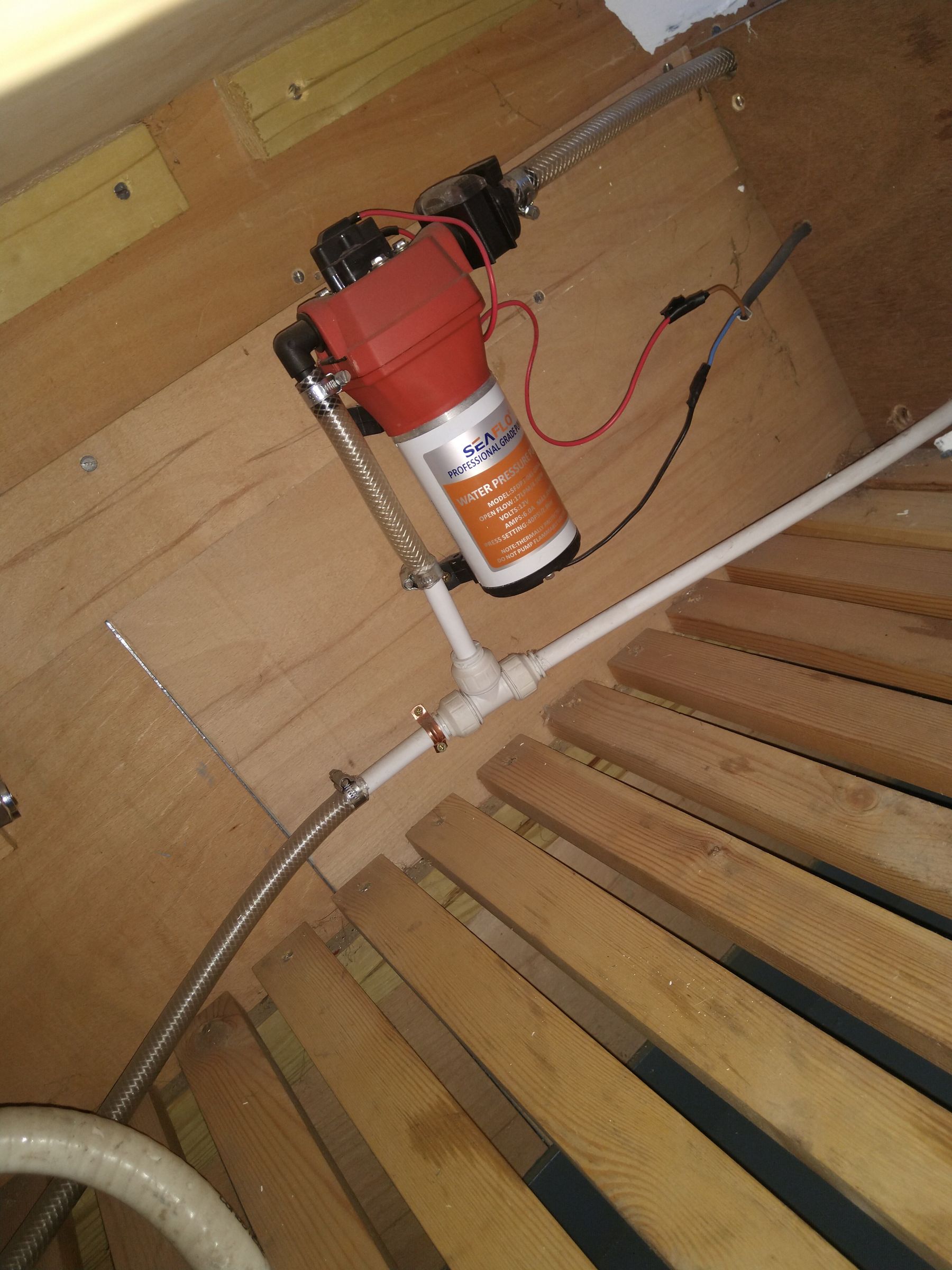

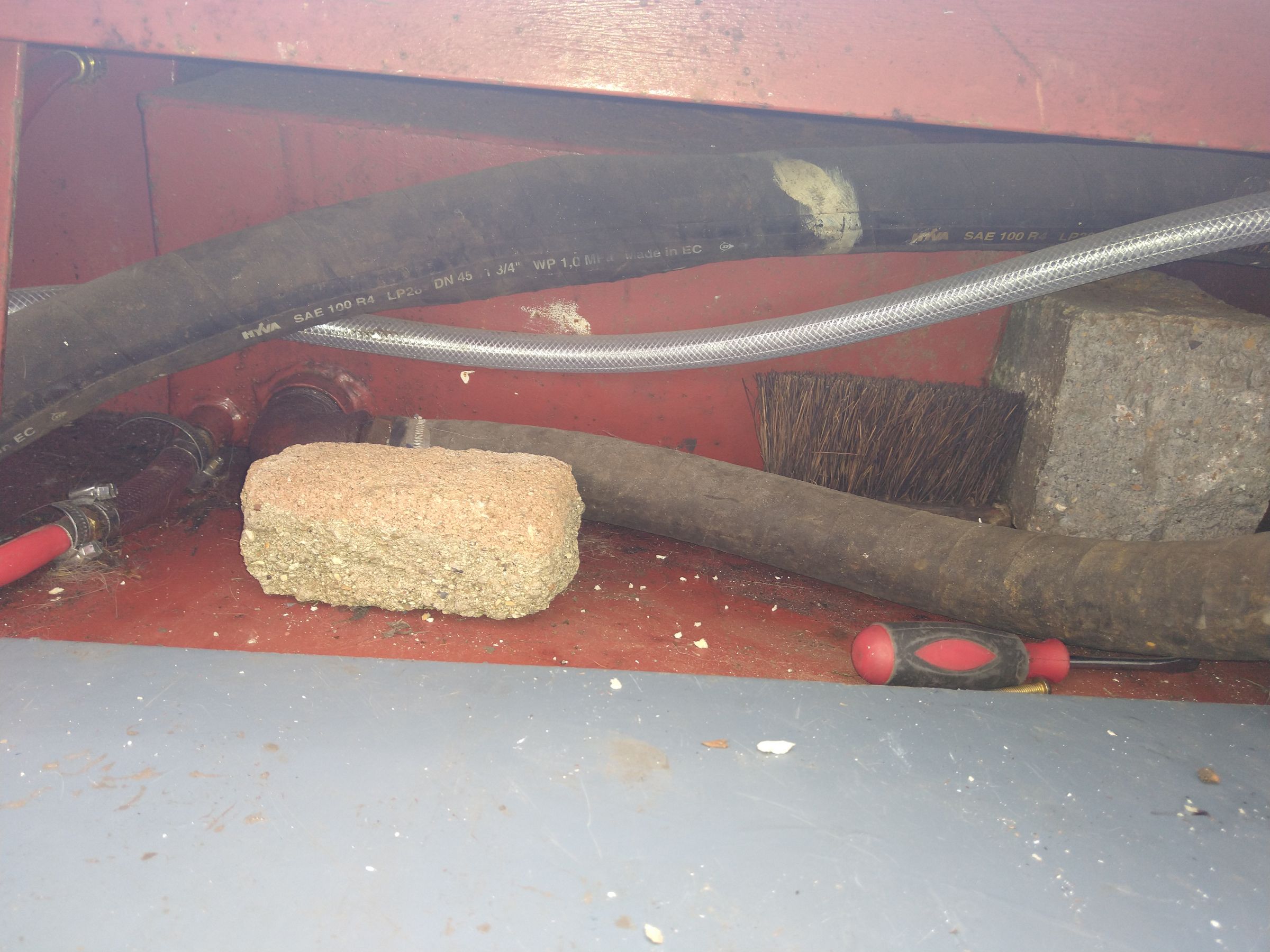
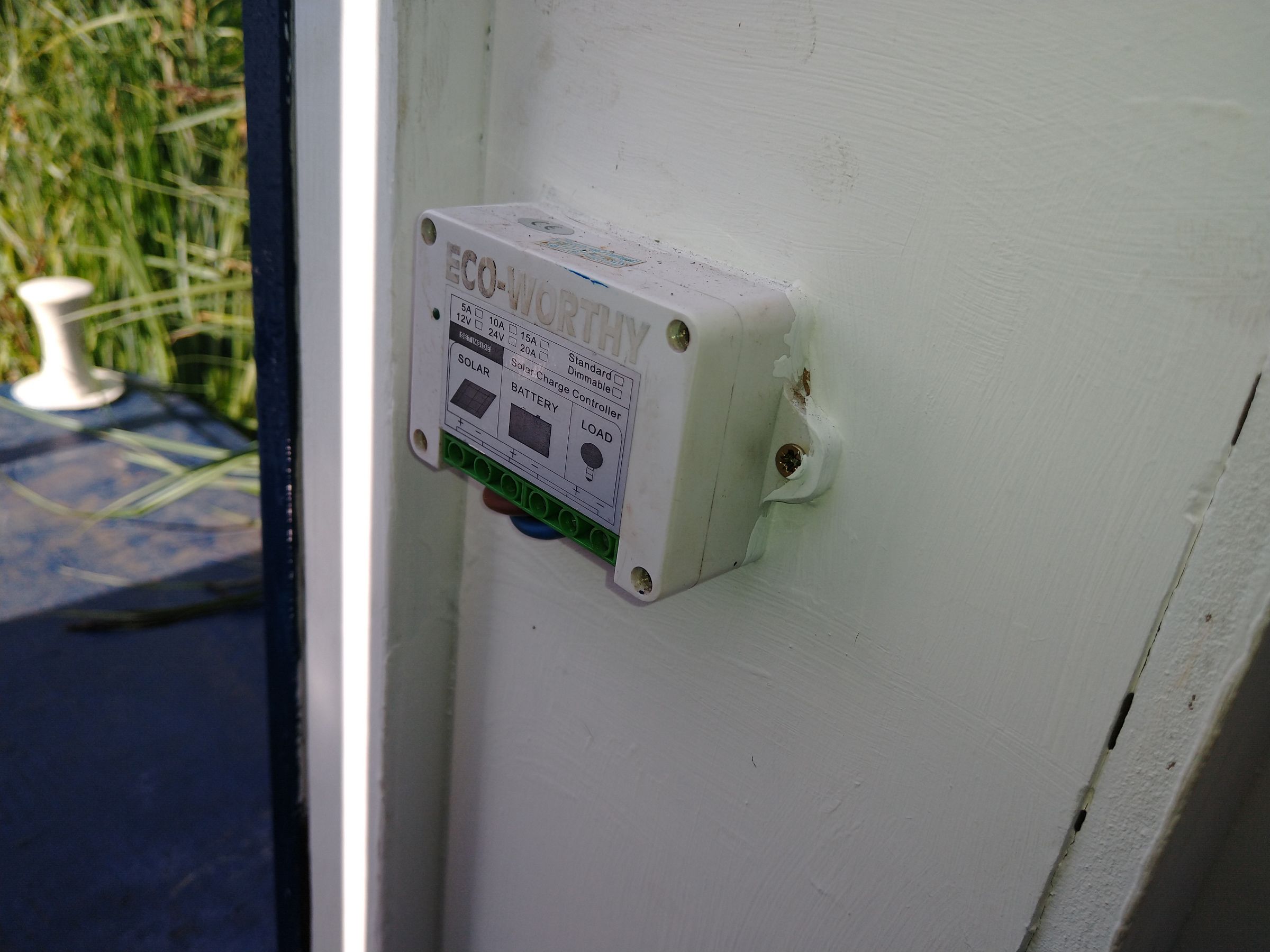

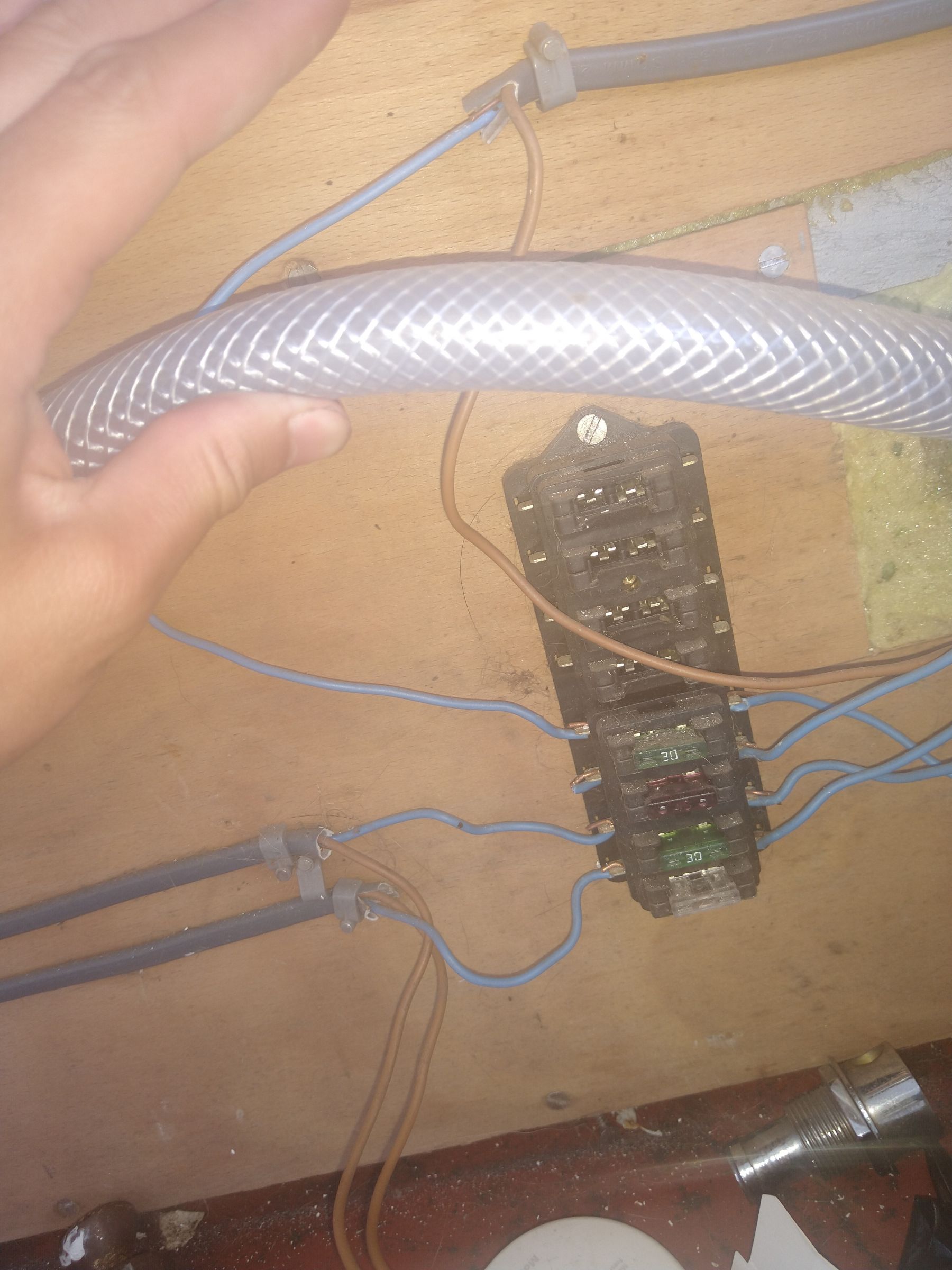
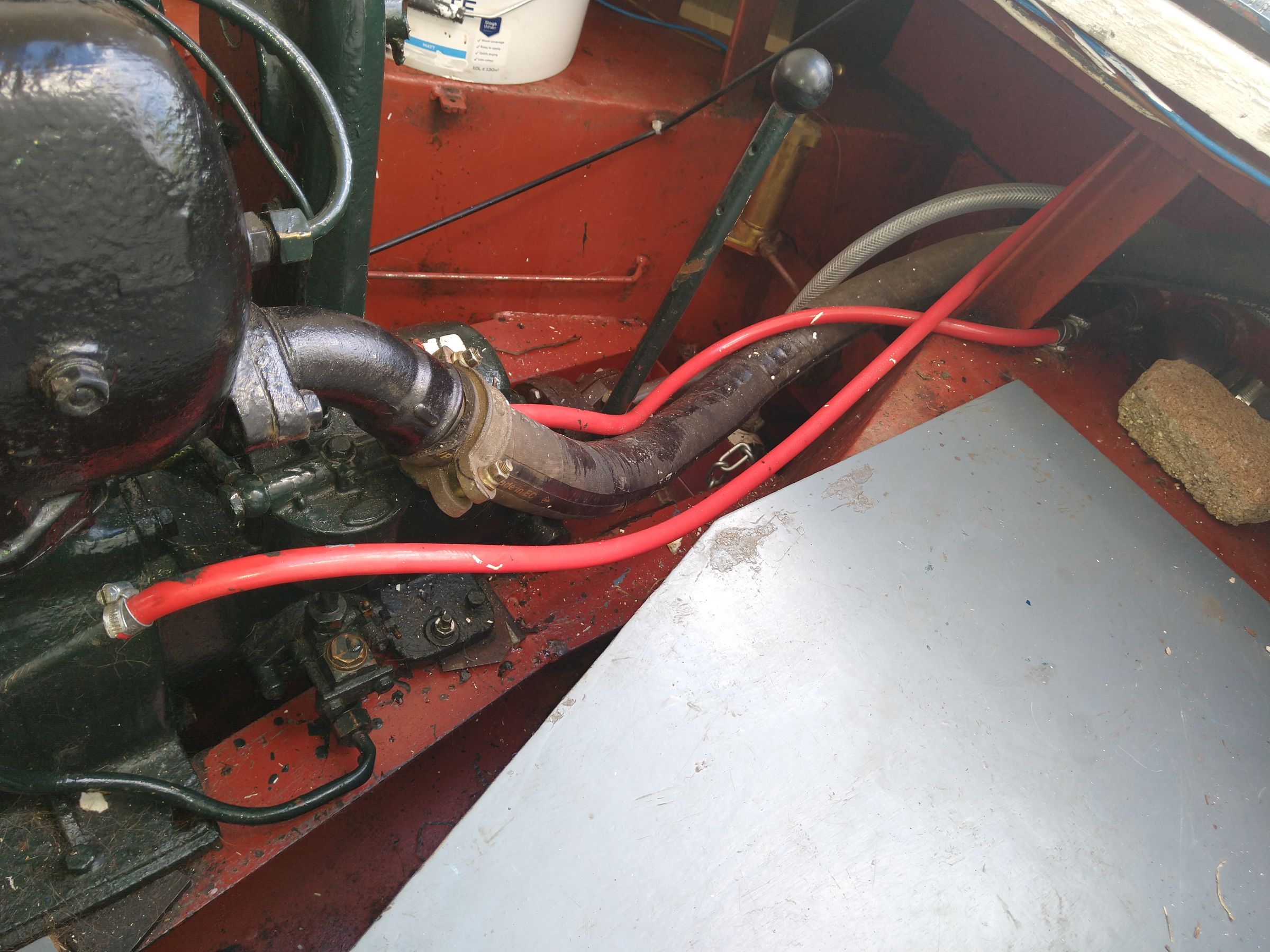
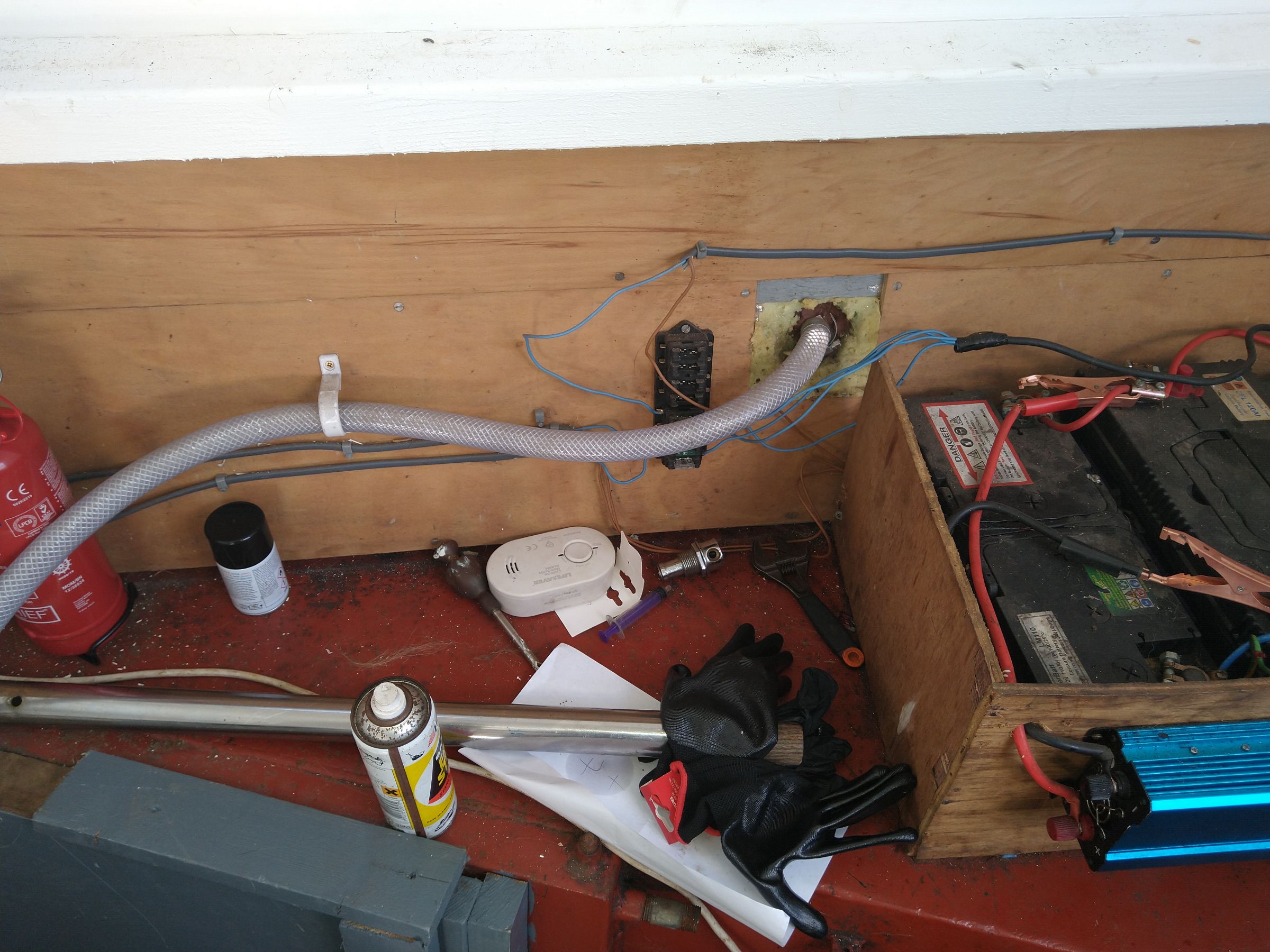
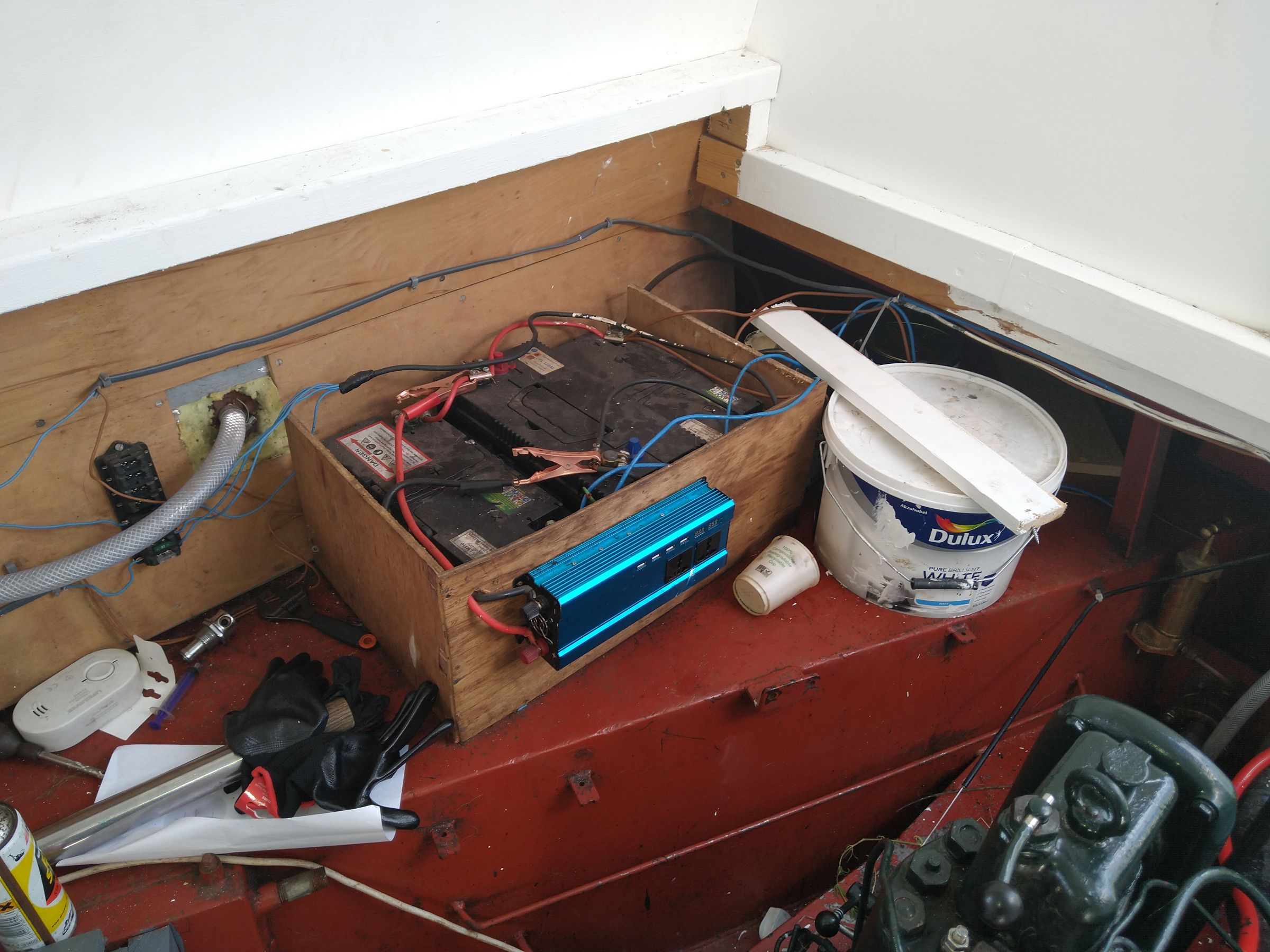
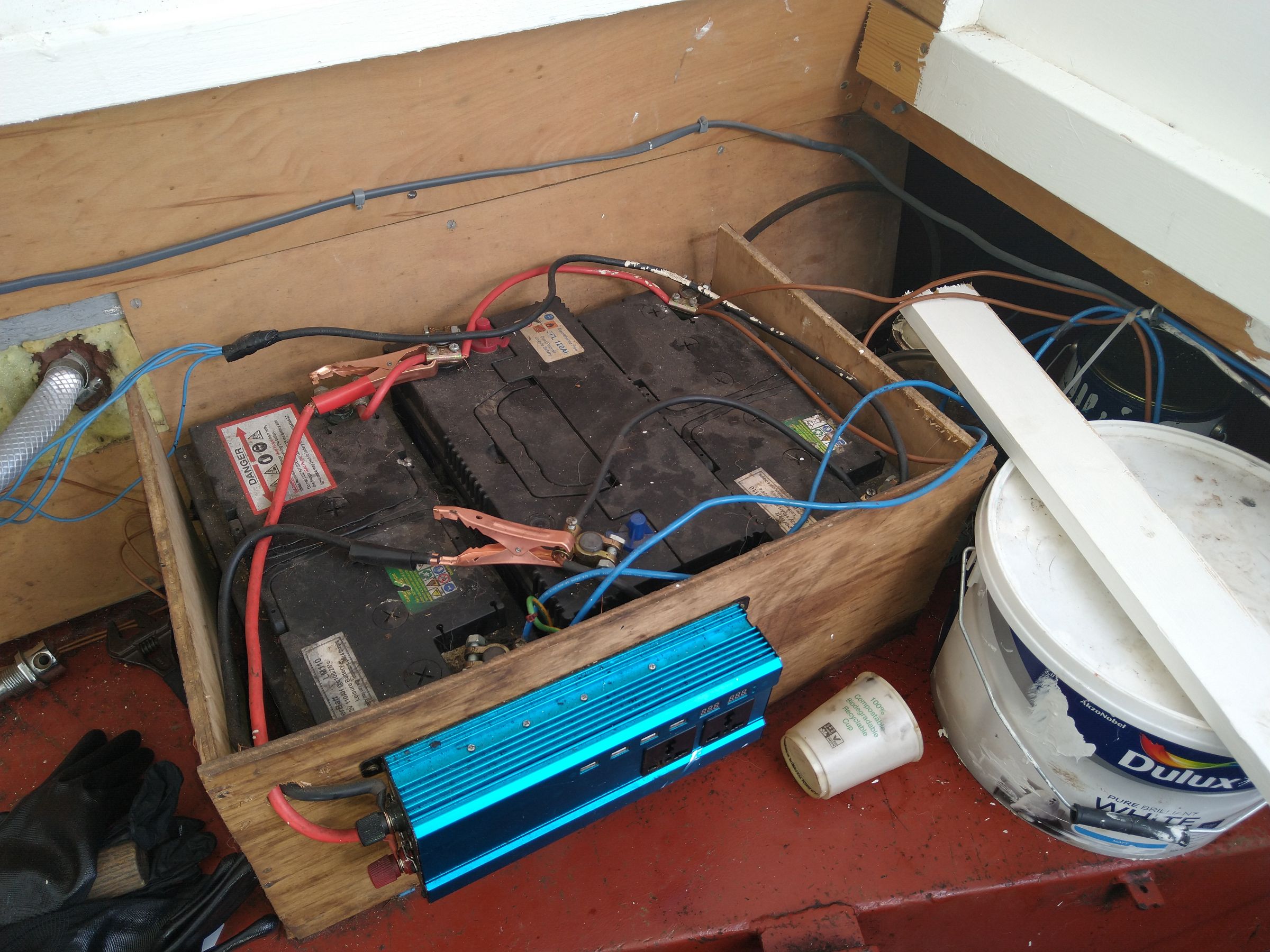
Replacement propeller
in Boat Equipment
Posted
????. Many thanks. It's hard to take a picture of the Shaft on the outside as under water. I'm just wondering whether all narrowboat propellers are genetic.
Saab narrowboat engine. Diameter is 1.5 inches.